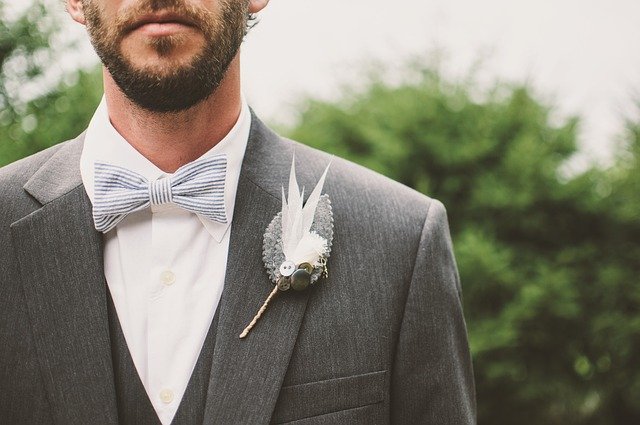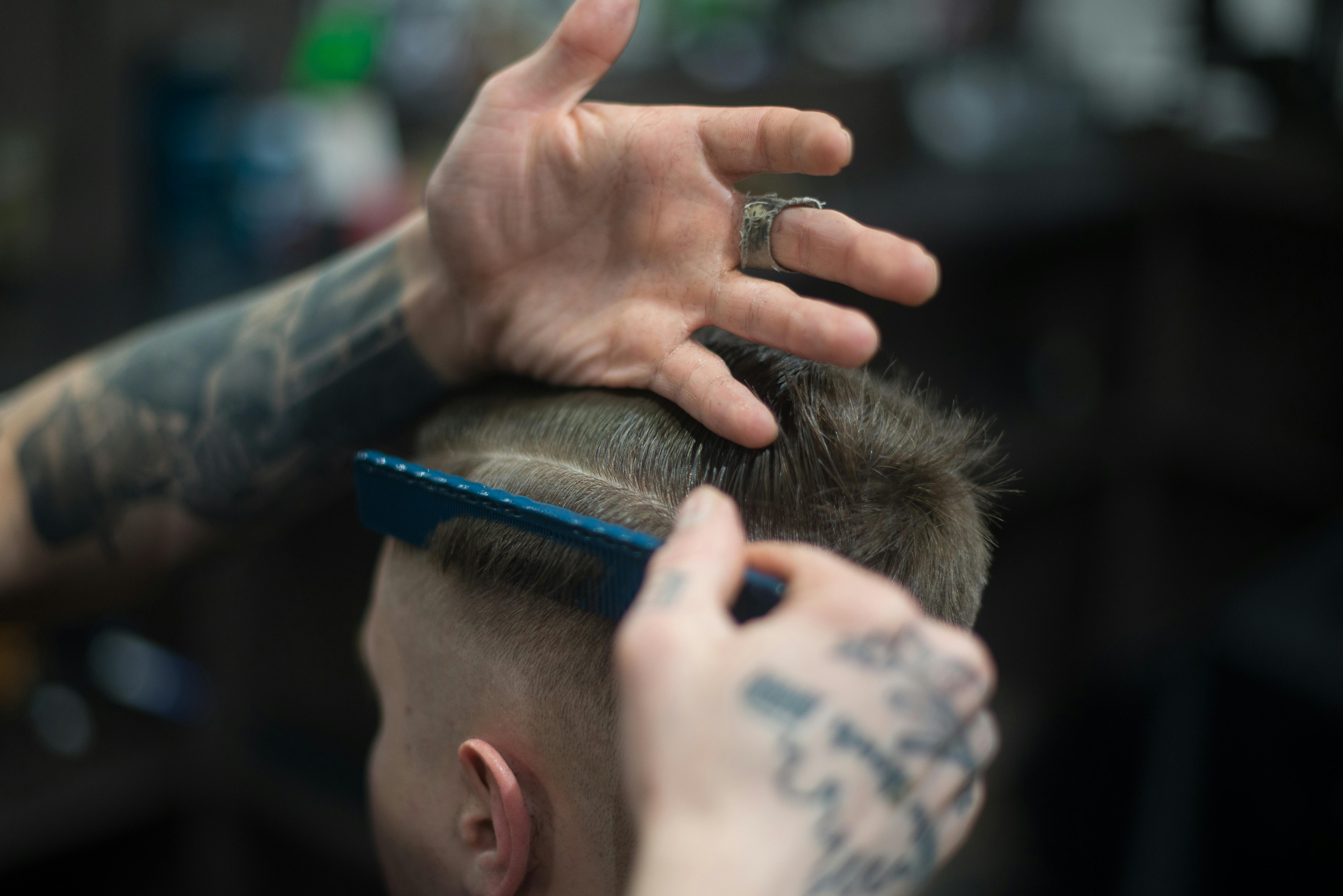Wedding Suits: Practical Guide for Grooms and Men
Choosing the perfect wedding suit represents one of the most important style decisions a groom will make. This comprehensive guide addresses the essential considerations for selecting, fitting, and maintaining wedding attire. From understanding how body shape influences suit selection to knowing when professional alterations are necessary, these insights help ensure you look your best on your wedding day while making informed decisions about this significant investment.

How to Choose a Suit for a Wedding
Selecting a wedding suit begins with understanding the event’s formality level and venue requirements. For evening ceremonies, darker colors like navy, charcoal, or black work best, while daytime weddings allow for lighter shades such as light gray or tan. The season also influences fabric choice—wool suits work well for fall and winter weddings, while lighter materials like cotton or linen blends suit spring and summer celebrations.
Color coordination with the wedding party and bride’s dress is crucial. Traditional black tuxedos remain popular for formal evening weddings, while navy suits offer versatility across different settings. Consider the wedding’s color palette when selecting shirt and tie combinations to ensure cohesive photos and overall aesthetic harmony.
What Should the Groom Consider in a Suit
Beyond color and style, grooms must consider fabric quality, construction methods, and budget constraints. Full canvas construction provides superior drape and longevity compared to fused alternatives, though it requires a higher investment. Half-canvassed suits offer a middle ground between quality and affordability.
Details like lapel style, button configuration, and trouser cut significantly impact the overall appearance. Notched lapels work well for business-style suits, while peak lapels create a more formal look. Single-breasted jackets with two buttons provide classic proportions for most body types, while three-button configurations can elongate shorter torsos.
How Does a Man’s Body Shape Influence Suit Choice
Body proportions directly influence which suit styles create the most flattering silhouette. Men with broader shoulders benefit from single-breasted jackets with soft shoulder construction, while those with narrower frames can choose structured shoulders or double-breasted styles for added presence.
Tall, lean men should consider three-button jackets or suits with wider lapels to create visual balance. Shorter men typically look best in two-button jackets with higher button stance and shorter jacket lengths. For men carrying extra weight around the midsection, darker colors and strategic tailoring help create a streamlined appearance while ensuring comfort throughout the celebration.
When Should You Visit a Tailor for Alterations
Professional alterations should be scheduled 4-6 weeks before the wedding date to allow adequate time for multiple fittings. The initial fitting typically occurs after losing any planned weight, as significant body changes can affect the suit’s fit dramatically.
Essential alterations include trouser hemming, waist adjustments, and sleeve length modifications. Jacket length alterations are possible but limited, making proper initial sizing crucial. Shoulder adjustments represent the most complex and expensive modifications, emphasizing the importance of selecting the correct size initially. Schedule the final fitting one week before the wedding to accommodate any last-minute adjustments.
Wedding Suit Cost Considerations
Wedding suit expenses vary significantly based on style, quality, and whether you choose to rent or purchase. Understanding these cost ranges helps establish realistic budgets and identify the best value options for your specific needs and circumstances.
| Suit Type | Provider | Cost Estimation |
|---|---|---|
| Rental Tuxedo | Men’s Wearhouse | $150-$300 |
| Rental Suit | Jos. A. Bank | $120-$250 |
| Off-the-Rack Suit | Suit Supply | $400-$800 |
| Made-to-Measure | Indochino | $300-$600 |
| Custom Tailored | Local Tailor | $800-$2,500 |
| Designer Suits | Hugo Boss/Armani | $600-$1,500 |
Prices, rates, or cost estimates mentioned in this article are based on the latest available information but may change over time. Independent research is advised before making financial decisions.
How to Care for and Store a Wedding Suit
Proper suit maintenance begins immediately after the wedding celebration. Professional dry cleaning removes stains and odors while preserving fabric integrity. Allow the suit to air out for 24 hours before storage to prevent moisture-related damage.
Long-term storage requires breathable garment bags and cedar hangers to maintain shape and deter moths. Store the suit in a cool, dry location away from direct sunlight. For frequently worn suits, rotate wearing to allow fibers to recover between uses. Press or steam wrinkles promptly to prevent permanent creasing, and address stains immediately to prevent permanent damage.
Selecting and maintaining a wedding suit involves careful consideration of multiple factors from initial selection through long-term care. Understanding how body shape influences style choices, budgeting appropriately for quality and alterations, and following proper care protocols ensures your investment provides lasting value. Whether choosing rental options for one-time wear or purchasing a suit for future occasions, these guidelines help navigate the decision-making process while achieving the desired appearance for your special day.






